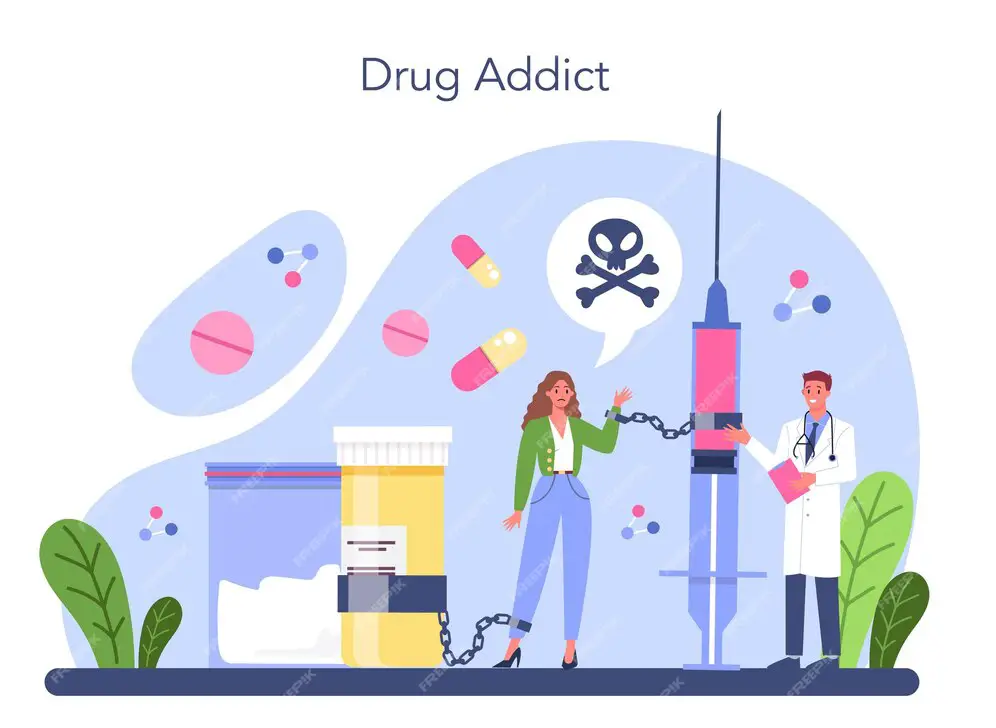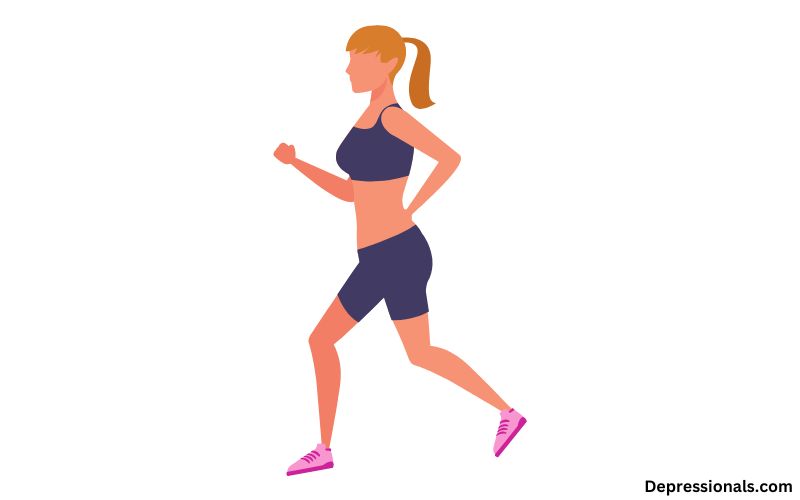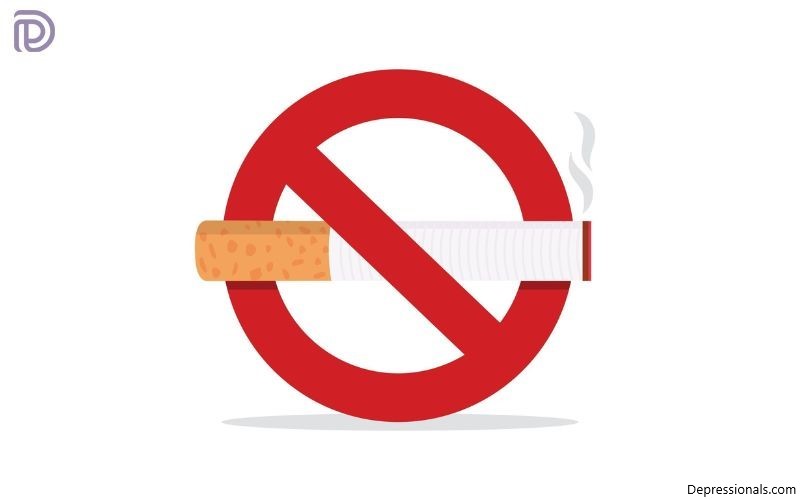What is tobacco use disorder?
An addiction to tobacco is called tobacco use disorder. When you have tobacco use disorder, it is difficult to stop smoking.
It contains nicotine, a drug. Nicotine boosts your mood quickly, which makes it addictive. The result is that you use it more and even when you know you should stop, you still want to use it. Using tobacco products for a long time may cause you to become dependent on them.
It is hard to stop smoking because withdrawal symptoms occur. The most common symptoms are anxiety and irritability. However, knowing the risks associated with tobacco addiction is also important. In comparison to people who don’t smoke, smokers are more likely to suffer heart attacks, strokes and cancer.
Causes of tobacco use disorder
Tobacco use disorder occurs when someone becomes addicted to tobacco products. It is caused by nicotine, a highly addictive substance in tobacco. The nicotine in tobacco or cigarettes releases endorphins, a hormone in your body that improves your mood. The reward centers in your brain are activated by these substances. Short but strong bursts of happiness are felt in your brain as a result. As a result, you start smoking regularly to keep experiencing this feeling. Eventually, you develop a tobacco use disorder as a result of this cycle.
Risk factors for tobacco use disorder
Smoking can lead to addiction for anyone who does it. Still, some people are more vulnerable to addiction than others. Here are a few factors to consider:
- Suffering from mental illness or depression. Smoking is associated with depression. However, people suffering from anxiety disorders and other mental health conditions are also more likely to be addicted to smoking
- Children whose parents smoke. When parents smoke, their children are more likely to become smokers
- Abusing alcohol and drugs is also common. Smokers tend to be people who abuse these substances
- Please indicate when you first began smoking. You have a greater chance of becoming a heavy smoker as an adult if you started smoking when you were a child
Additionally, some studies have demonstrated that genes can indicate whether or not a person is more likely to become a tobacco addict. Your genes might influence your reactivity to nicotine. If you are more susceptible to addiction because of your genes.
Symptoms of tobacco use disorder
Smokers who can’t stop are the most common signs of tobacco use disorder. Trying to quit yet always succeeding may be an indication that you have a tobacco use disorder. Additionally, you may feel depressed or mad when you try to stop.
There are many health problems caused by smoking, including lung cancer, bronchitis, heart ailments and more. Other health problems caused by smoking include diabetes and eye problems. Smokers are also more susceptible to colds and the flu.
You may also have a tobacco use disorder if you experience health problems while still smoking. There may be a problem if you stop doing things with family or friends when they don’t want you to smoke.
Diagnosis of tobacco addiction
If you are experiencing problems with tobacco, you should see a doctor. You can ask them questions about how much nicotine you crave. Your doctor can use this information to find the best treatment option for you.
How is tobacco use disorder categorized?
There are three types of the disorder: mild, moderate, and severe. Mild tobacco use disorder occurs when two to three of the criteria are met.
An individual with a moderate tobacco use disorder meets four to five of the above criteria. The tobacco use disorder is diagnosed as severe if six or more criteria are present.
Treatments for tobacco use disorder
The type of treatment you receive for tobacco use disorder depends on your specific needs. Several types of prescription medications are available today to help you stop smoking. Some of these products deliver small amounts of nicotine through a nasal spray or inhaler. You can get nicotine from nicotine replacement medicines without all the chemicals present in cigarettes. Slowly reducing nicotine consumption can help you stop smoking for good.
There are other forms of treatment as well:
Replacement therapy: It is possible to replace nicotine through gums and patches without a prescription. You can usually buy them at your local drugstore. Prescription replacements can be found there as well.
Counseling: A combination of counseling and medication can contribute to a more successful treatment outcome. Programs like Nicotine Anonymous can provide counseling online, over the phone or in person.
Non-nicotine drugs: Medications such as antidepressants may help you stop craving nicotine. There is a drug called Chantix that helps people quit smoking.
Recovery from tobacco addiction
It may take more than one attempt to recover from tobacco use disorder. It is normal for people to attempt quitting multiple times. You may be able to avoid relapsing if you get medical help on your first attempt.
Effects of tobacco use disorder
There are several possible effects of tobacco use disorder, besides nicotine addiction:
- Nausea
- Weight loss
- Reduced social interaction
- Several health effects can result from smoking, such as low blood oxygen levels, emphysema, hypertension, and cancers of the respiratory system
- Anxiety
- Irritability
Nicotine consumption has disruptive and addictive effects. Tobacco use disorder highlights these effects. It is common for people with tobacco use disorder to start smoking within 30 minutes of waking up, and some may even begin smoking in the middle of the night.
What is tobacco withdrawal?
It is possible to experience tobacco withdrawal (DSM-5 292.0 F17.203) when an individual stops using nicotine. Tobacco withdrawal criteria in DSM-5 include:
- Concentration and focus problems
- Anxiousness
- Headaches
- Weight gain
- Slower heart rate
- Difficulty sleeping
- Agitation and aggression
- Depressed mood
- Coping with withdrawal symptoms by using substances
It is common for these symptoms to peak within a few days of last using nicotine, and then gradually fade within 30 days (although it can last longer depending on the individual’s nicotine dependence). It may be necessary to add the following information to the diagnosis, including the individual’s timeline for remission:
- Three to thirteen months have passed since the individual last smoked (early remission).
- One year without tobacco use (sustained remission).
- There is a therapy program for quitting smoking that includes counseling, support groups, and behavioral changes, such as the use of a nicotine transdermal patch.
Can tobacco change your personality?
It may not be true that tobacco directly affects someone’s personality, but nicotine hijacks the reward system of the brain.
There can be a change in personality as a result of this. Additionally, nicotine use decreases neuroplasticity, reduces brain neurons, and alters the structure of the brain. The effects of these changes may result in a decline in cognition over time (possibly decades).
What is the best way to control a tobacco addiction?
Stopping all forms of tobacco, and more specifically nicotine, is the most effective way to curb one’s tobacco addiction. It is true that nicotine pens, vaporizers, and other products that do not contain tobacco may appear safer than traditional forms of tobacco use at first, but these products still contain tobacco.
Some people wean themselves off nicotine by switching from smoking to chewing nicotine gum. If you are looking for an easier, less punishing method for quitting tobacco, try tapering off your nicotine supply. It may be easy for some individuals to quit on their own. Some people may find it easier to deal with their mental health issues with the assistance of a mental health professional.






I really like your writing style, superb information, thank you for posting :D. “Let every man mind his own business.” by Miguel de Cervantes.
I like your writing style truly enjoying this website .